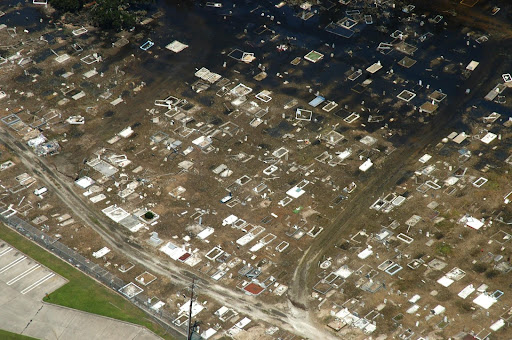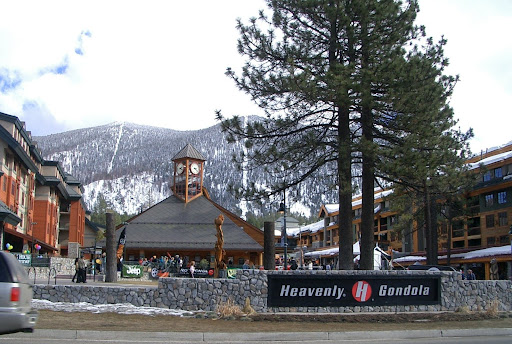Oct. 15, 2025 – A powerful and unusual October storm battered much of California on Oct. 14 and 15, dumping heavy rain, triggering flash flood warnings, and threatening hillsides still vulnerable from recent wildfires in Los Angeles.
In Southern California, already-strained communities braced for the worst. The LA region recorded significant rainfall, with some parts of the San Gabriel Mountains measuring over 5 inches in a short period of time. Evacuation orders were issued for about 115 homes in areas such as Pacific Palisades and Mandeville Canyon, which were previously scorched by fires and thus particularly susceptible to mudslides and debris flows.
The stakes were especially high around old burn scar zones. Bare, denuded hillsides that lacked vegetation to hold soil became tinderboxes for debris flows once the storms arrived. Officials also warned of strong winds capable of downing trees and power lines–thousands of residents lost electricity amid the chaos.
Firefighters and rescue crews responded to multiple emergencies. In one dramatic incident, a fire fighter descended a ladder into rising floodwaters to rescue a stranded small dog in Ventura County. Elsewhere, two people and two dogs were rescued from the swollen Los Angeles River. The rising waters also caused several freeway accidents, with some drivers hydroplaning in the deluge.
Up north, the storm even brought a taste of winter. In the Sierra Nevada, precipitation fell as snow at high elevations, marking one of the season’s first major snowfalls. Interstate 80 near Truckee saw multiple spinouts on slick roads, prompting chain restrictions on mountain passes.
Meteorologists described the system as a rare and potent early-season storm, likening it to the kind of atmospheric river systems more typical in winter. As rain tapered off, officials lifted evacuation orders in many areas, though caution remained high in zones with unstable slopes and lingering risk.
While the storm brought welcome moisture after months of drought, its timing and ferocity underscored how vulnerable California remains to extreme weather-especially in regions recovering from wildfire damage. Local authorities are already assessing damage and preparing for potential aftershocks, including moving debris and stabilizing erosion-prone zones.















